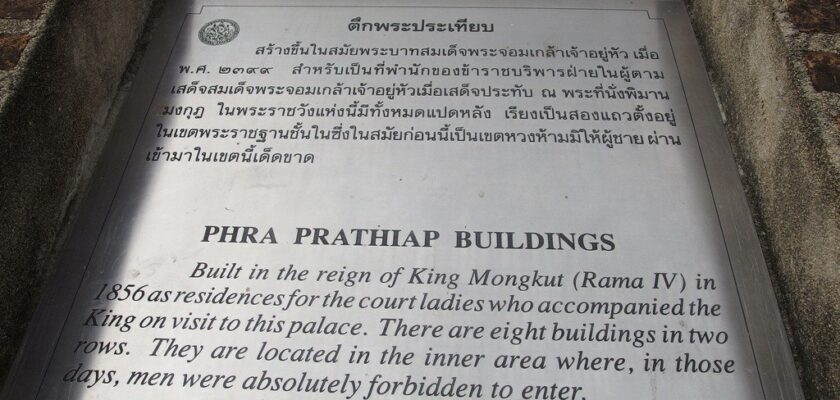Narai Ratchanivet Royal Palace
Narai Ratchaniwet Palace is a royal palace located in the center of the city of Lopburi.
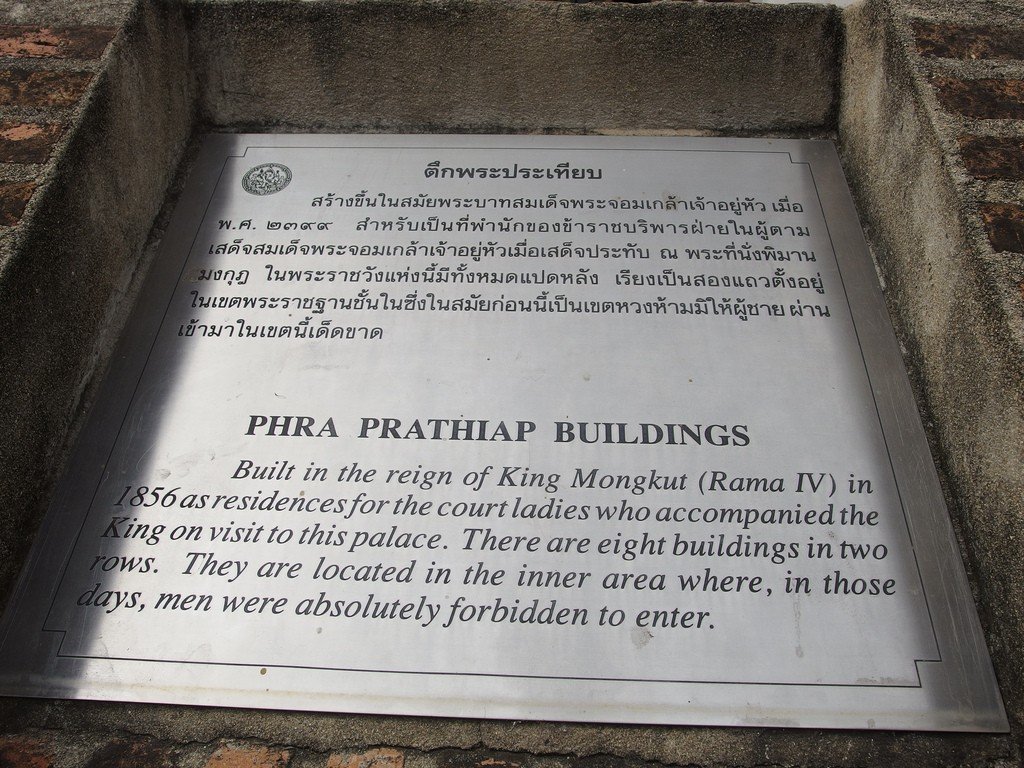
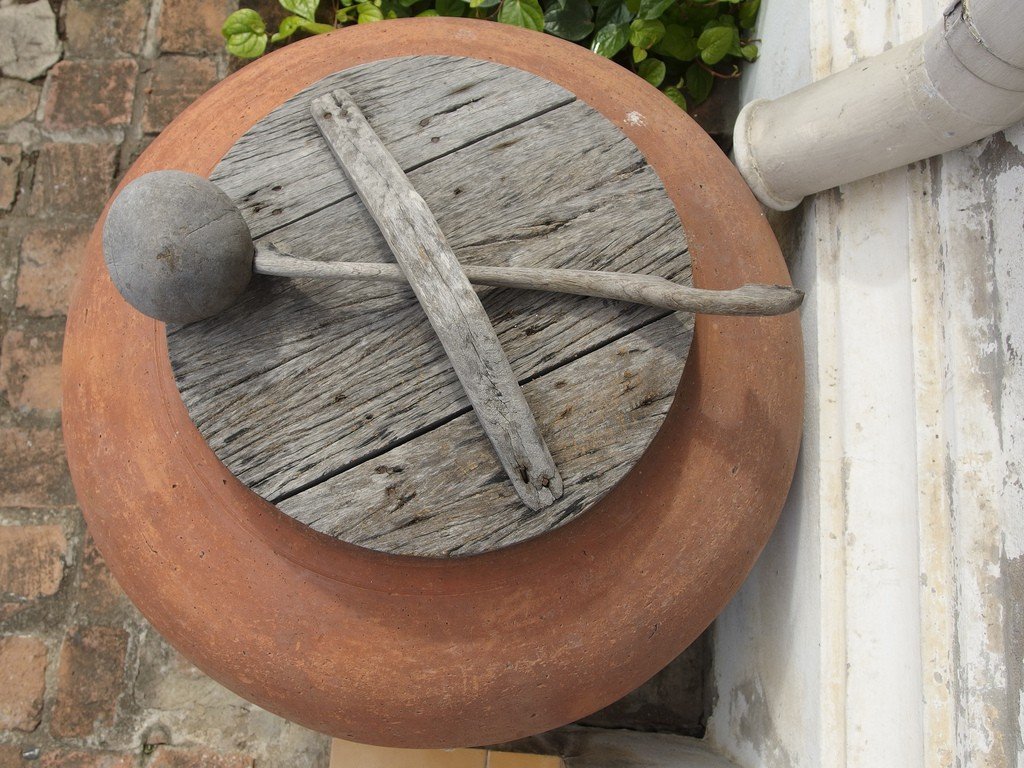
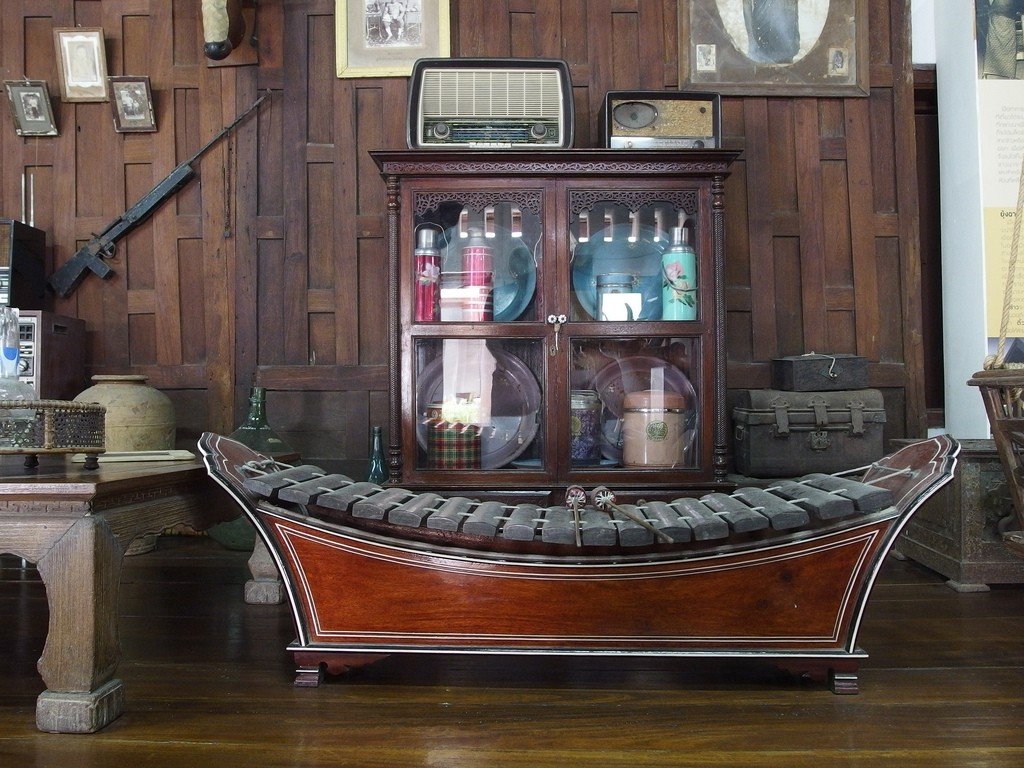
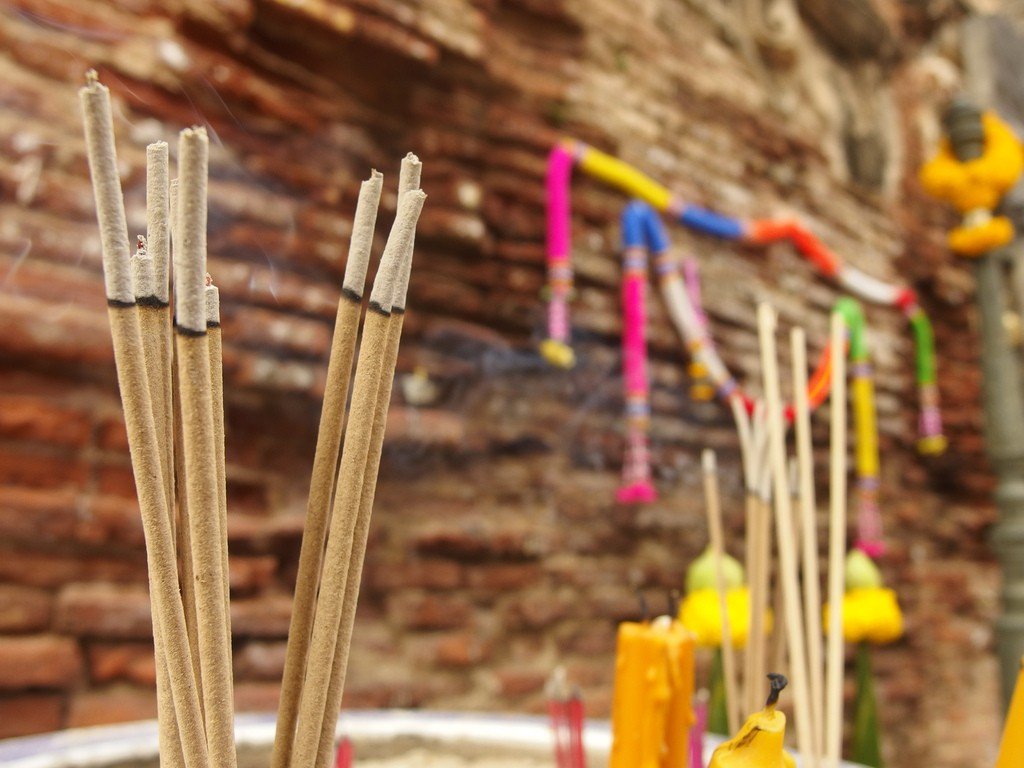
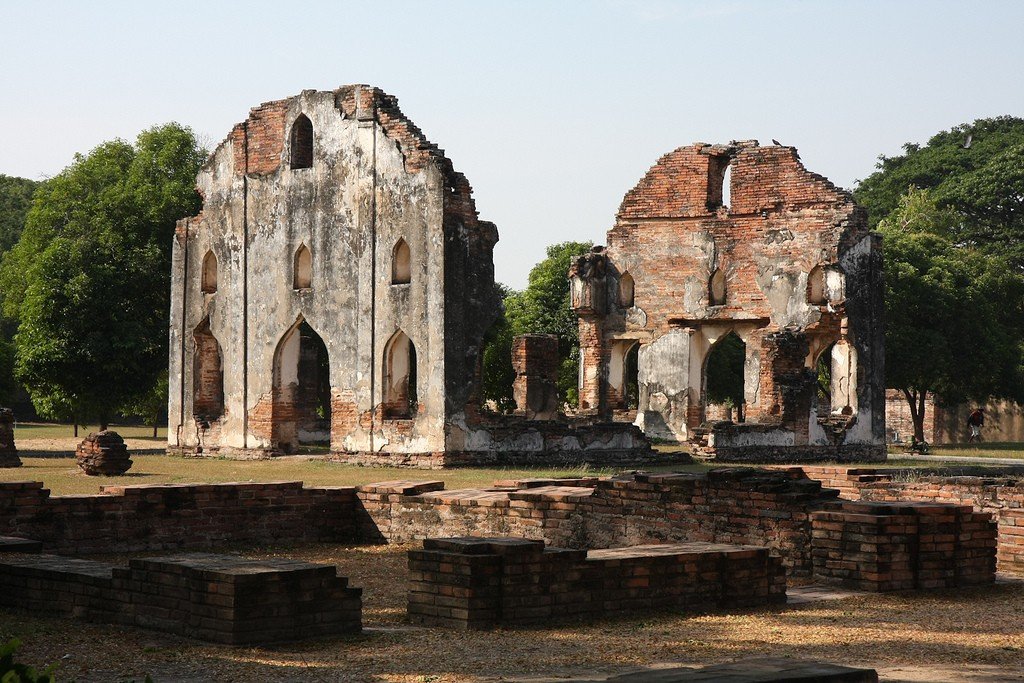
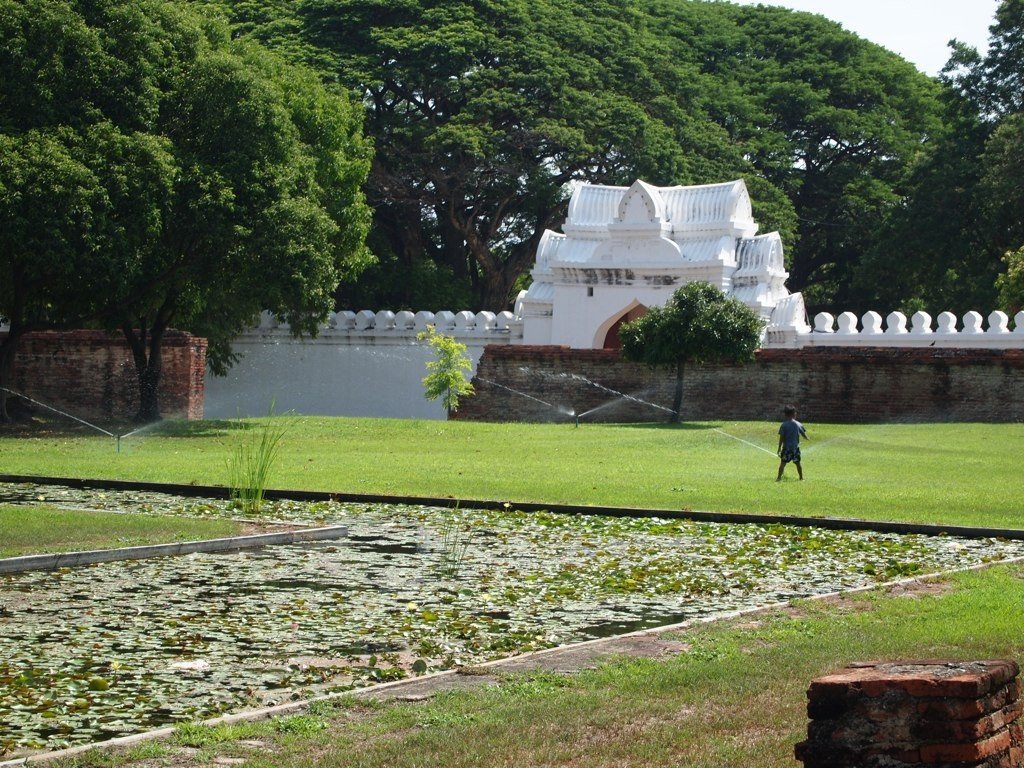
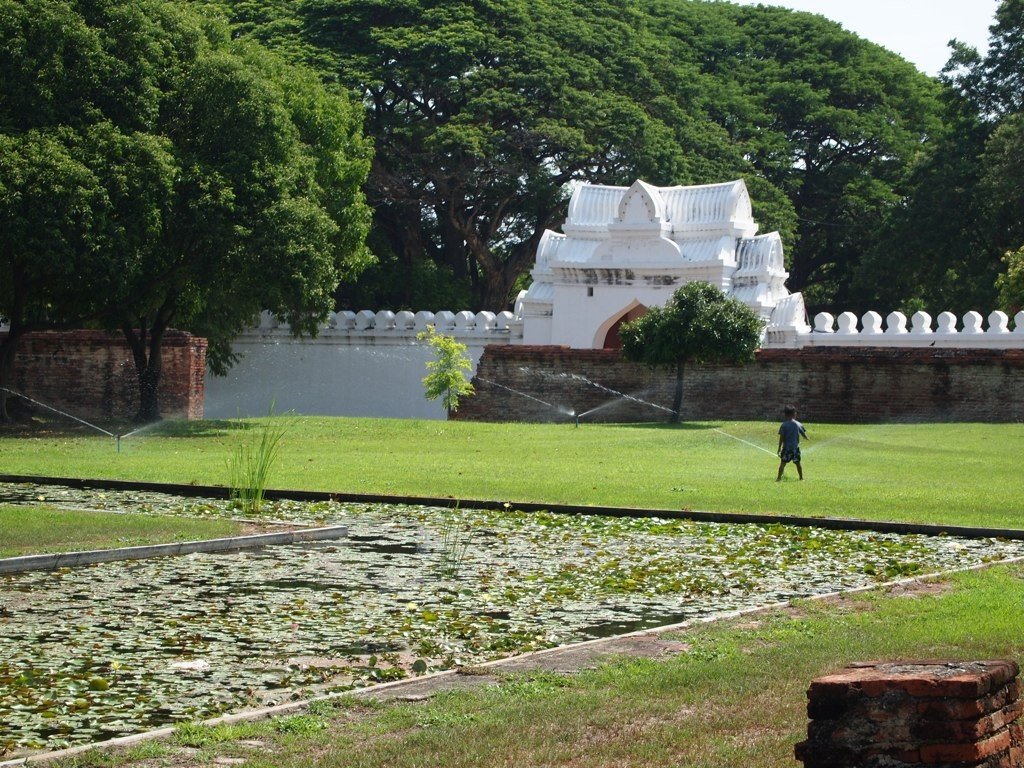
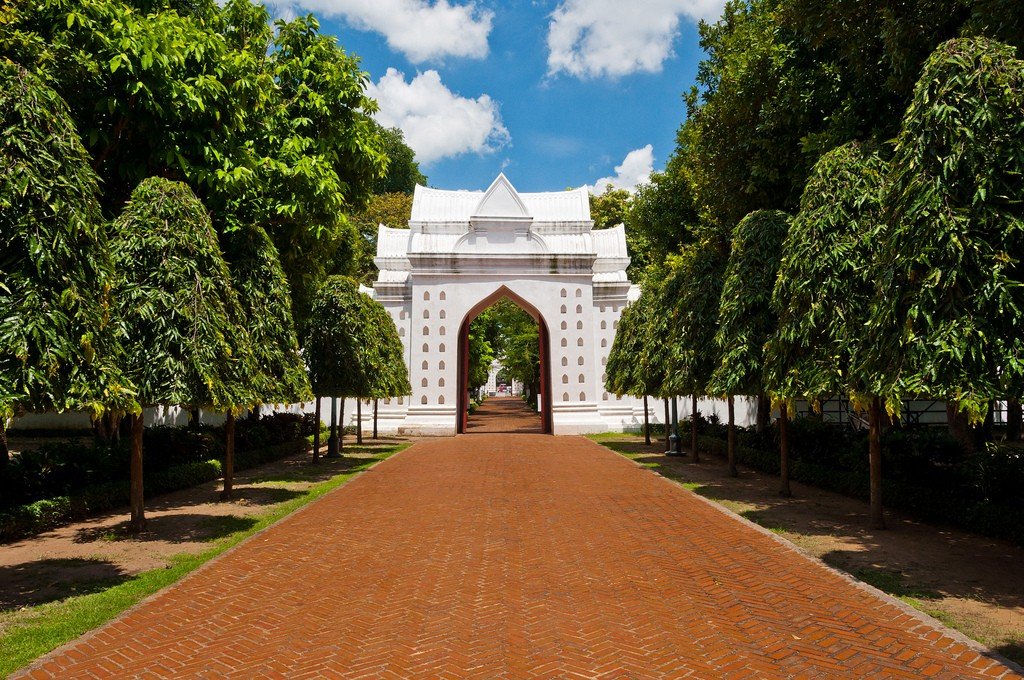
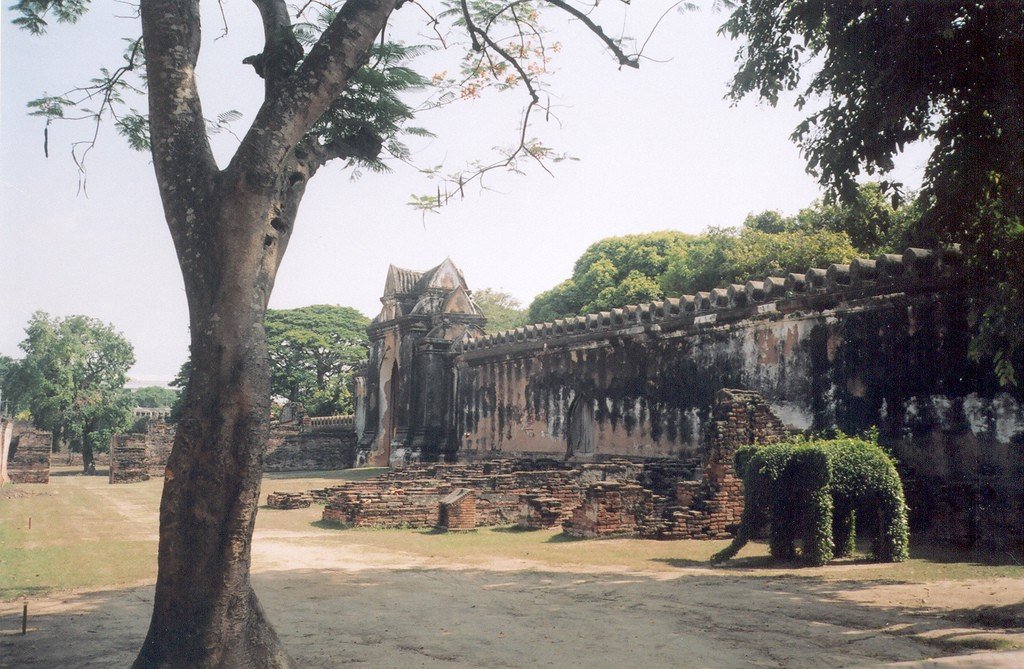
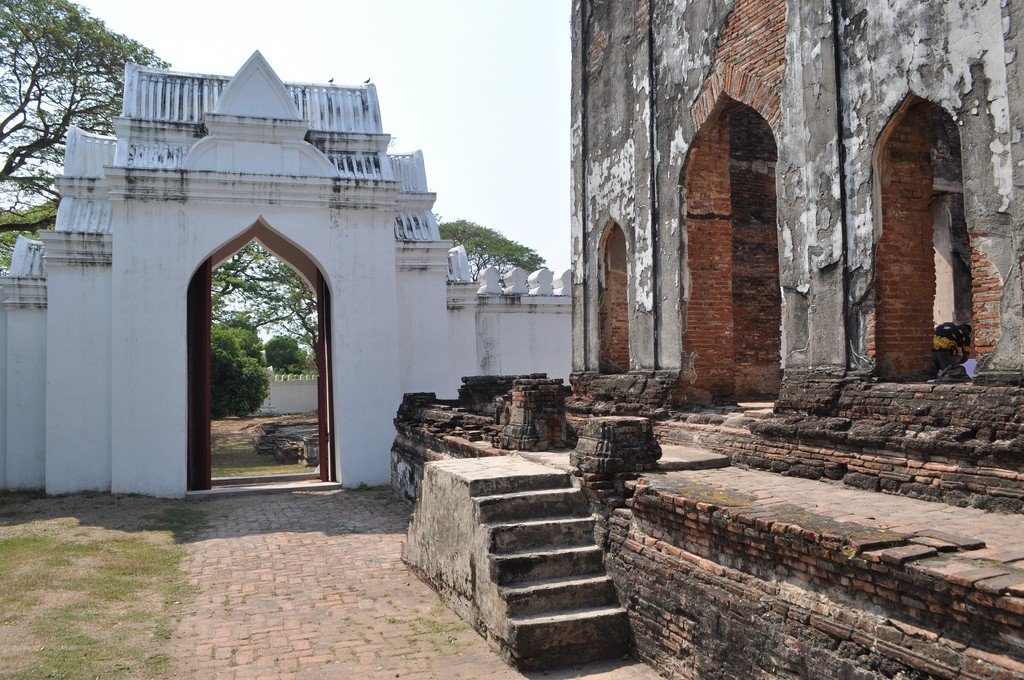
- General Information
- Chanthara Phisan Pavilion, National Museum
- Phra Thinang-Visuththivinitchai
- Harem
- Royal Audience Hall
- Sutthasawan Pavilion
General Information
The main entrance to King Narai’s Palace (so named under King Rama IV, who extensively renovated it in the 20th century) is on Surasak Road, but you can enter daily from the side facing the river. There was once an 8.00-18.00 pier here, as kings used to arrive in Lopburi by water. The following describes the route to explore the area starting from the main entrance.
.The gated walls divide the Narai Ratchaniwet palace complex into several courtyards; the inner courtyard is the most interesting to explore. The powerful gates of the monumental outer walls surrounding the rectangular section are topped with crenellations. The older part of the complex dates back to the 17th century, the era of King Narai. King Mongkut, in turn, ordered the demolition of many old dilapidated buildings – with the exception of the Chantharaphisan Pavilion, whose condition still allowed for restoration – and the construction of new, modern buildings in their place.
The entrance to Narai Ratchaniveth is on Surasak Road. It was here, it is said, that a stroke of fate struck Constantius Falcon: he was captured and later executed. Falcon’s residence is another Lopburi landmark. Several buildings stand on the way to the second courtyard, separated from the first by a monumental gate. It is said that the king, lying on his deathbed, demanded that precious robes be brought to him, and they were brought from one of these twelve pavilions; hence it is supposed that the pavilions served as treasure houses.
Behind them on the right are the old brick-lined water cisterns, which were filled from springs on the hill at the eastern end of the city. The hydraulic mechanism that allowed the water to be taken to the palace was created by Italian and French engineers. It is said that the mechanism worked only after ten years of persistent attempts. Opposite the cisterns, a little further back, in the middle of a well-maintained park, stands the reception hall for foreign guests (Phrakhkhlangsupharat). At the second gate on the left can be seen the partially preserved walls of the building where royal elephants were once kept. On the lawn outside the portal are Dwarawati style statues. Not all of them are made in Lopburi: some are brought from surrounding towns. Of the reservoir and armories next door, only ruins remain.
.Chanthara Phisan Pavilion, National Museum
Opening hours:Wed – Fri.9.00 – 16.00
Entrance fee
In the second courtyard on the right is the Chantharapkhisan Pavilion, the residence of King Narai built in 1665, now turned into the National Museum. From its balcony, the king welcomed guests. A throne stands in the pavilion. The walls were hung with mirrors brought by the Chevalier de Chaumont, an envoy of Louis XIV. The original plan was to have one room inside, and it was only after the restoration at Mongkut that it was divided in two. The second room contains an oil painting by an unknown artist depicting the arrival of the French delegation. In the larger of the two rooms, where the receptions were held, there are decorated wooden thrones and carved gilded bookcases.
.Phra Thinang Wisuthiwinitchai
Opening hours:Wed. – Sunday.9.00 – 16.00
To the right of the Chantharaphisan pavilion stands the three-story, Mongkut-era Phra-Thinang-Visuththivinitchai temple. Its western part is the Phimanmongkut pavilion. The upper floor housed the king’s private quarters (a large bedroom, reading room and armory), while the lower floor contained workrooms and audience halls. Today, the pavilions have been turned into museums, displaying sculptures, votive tablets, weapons and faience.
.Harem
Behind the royal palace in a fenced-off courtyard stand several small buildings where the king’s many wives and children lived. Today it houses the Museum of Agricultural Tools. Back in the reign of King Mongkut, only a select few could enter this part of the palace complex. At that time, there was still an absolute ban on any touching of members of the royal family, lifted only by King Chula-longkorn (Rama V).
.Royal Audience Hall
To the right of the Phimanmongkut pavilion behind high walls lie the ruins of Dusitsavanthan yamahaprasat, the royal audience hall. The surviving fragments allow us to conclude that its facade was decorated in the European style, in particular with Gothic semi-circular arches. It is the tallest building of the entire palace complex. Judging by the surviving evidence, its roof had the shape of a pyramid. The walls of the hall were hung with mirrors received as a gift from Louis XIV. Undoubtedly, the room was luxuriously furnished. Nicolas Gervais, a member of the French delegation, tells of the many paintings on the walls, the mosaics that decorated the floor, the Chinese crystal and porcelain, and the rich throne that stood on the dais, to which the king ascended a marble staircase.
Sutthasavan Pavilion
In the large garden adjoining the royal audience hall one can see the foundations of the Sutthasawan Pavilion, the living quarters of King Narai, where he died on July I, 1688. Some of the large late-ritual blocks that make up the building were transported to Bangkok in the early 19th century and used in the construction of the Sakkhet Temple. The roof of the pavilion was, as Nicolas Gervais writes, covered with yellow tiles and the ceilings with rich gilding. Around the building were arranged four ponds in which the king liked to bathe. If the sun shone too hot, a huge tent was stretched over the pond. At one of the ponds, Narai had a small grotto built. In the southeastern courtyard were two other halls for private receptions, notably the well-preserved Phrachauhau, as well as warehouses, stalls, living quarters for the guards, and several ponds.
.